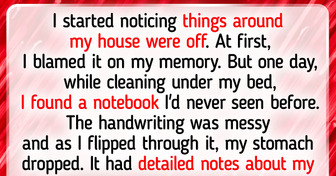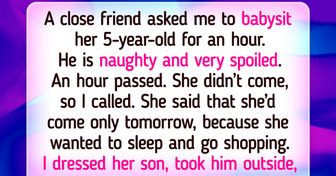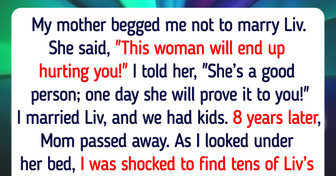12 People Who Discovered a Creepy Reality About Their Close Friend

Will rock crush scissors this time? Or will paper cover rock? This is your final attempt at escaping your chores for a month. If your sister wins, you’ll be the one doing them for both of you. Seconds away from that decisive throw, you slow down to think it over.
Rock, paper, scissors’ origins date back to the times of the Chinese Han dynasty [206 BCE — 220 AD]. It became more as we know it today in 17th century Japan and had spread worldwide by the early 20th century. Some say it’s a silly random game of chance for two. Others call it a strategic system with a strong psychological foundation.
They compete in championships and tournaments for those who take it seriously. If you wanna win one of those, you need to know a thing or two to build your success strategy.

There is some probability and basic psychology behind the game. Humans are somewhat predictable, so you can often guess the outcome of the toss and the game before it’s even played. There are four possible scenarios: a tie, rock crushes scissors, paper covers rock, and scissors cut paper. If you want to be good at rock paper scissors, the first rule is to never ever give yourself away and read your opponent like a book. Newbies often clench their fists before throwing a rock or slightly stick out an index finger before playing scissors. And the most telling thing is throwing a move too early.
According to research, most people prefer to begin the game by playing rock. Well, it comes first in the name of the game itself, so it makes sense, doesn’t it? Or, they might go rock because it gives the comforting feel of a sturdy fist. So if you wanna stand out and increase your chances of winning, don’t be like the majority and go paper first.
If you’re playing against a guy, again, paper is your best first choice. Another research shows that men mostly go with the rock on the first throw. So you can surprise him with paper and mess up his strategy. Ha ha. Scissors is statistically the least popular move, and rock is the most thrown one. That’s why going paper is always a safe option. Scissors can beat it, but it’s way less popular than rock, and paper can wrap it up.
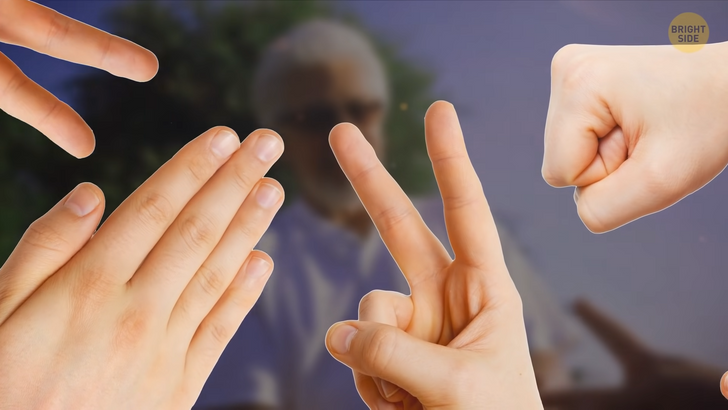
If you lost a game as you played rock and your opponent went paper, they’re likely to stick to their strategy and play paper again. But you can think one step ahead and play scissors. This works for all the times you lose a throw. Go with the move that didn’t previously come up, and you have a chance of turning the tables. If you won the previous game when you played rock and your opponent played scissors, your rival will most likely change their strategy and play paper.
But you’re thinking one step ahead, remember? Play what they just played as they won’t expect you to go down that road. Statistically, people who lose a hand usually change their strategy. So it’s possible that your opponent will change to scissors or paper. That gives you another chance. Play scissors, and you’ll either win or draw.
Players who’ve been in the game long enough throw with their eyes closed. This way, they stay focused on their strategy and don’t let the actions of the other player affect their throws. If you win the first row, congrats ... and switch it up. Losers most often won’t stick with a losing throw and will play in a predictable order. But what if you lost? Then, go with whatever would have let you win in the previous throw. So if you just lost with paper, go scissors next.
Your opponent will probably stick to a past winner and throw paper again. Winners like to go with what worked for them, hoping to repeat their success. If you lost the previous hand, it makes sense that your opponent will expect you to switch to something else to win. And here comes another opportunity for you to trick them. Surprise them by sticking with your last choice.
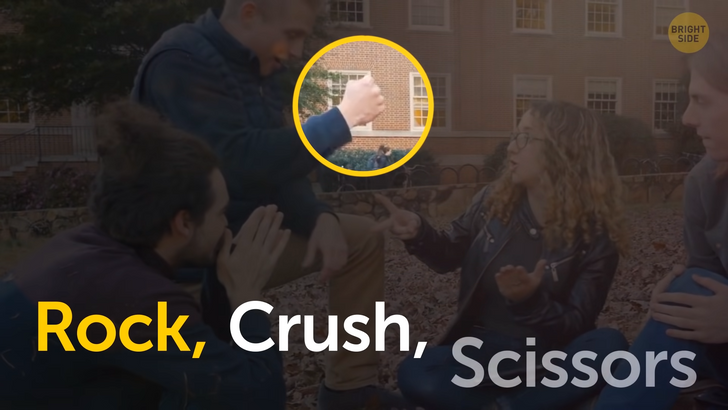
If they switch expecting you to switch, you have a really good chance of winning. If you went paper, and scissors cut you, don’t go scissors like they’d expect you to. Go paper again, and instead of blunting your scissors, the opponent will have to see their rock covered in paper.
But hey, rock paper scissors isn’t 100% based on Math or logic. These algorithms might not work, and you might lose. Plus, you can’t be sure your rival doesn’t know what you know. That’s why another successful strategy for rock paper scissors is to be random.
The most mathematically sound way to win is to play each option about one-third of the time but make sure your rival can’t predict your next move. It makes perfect sense as there are 3 possible outcomes: a win, a loss, and a tie. There’s a strategy that can beat each of the strategies and another one that can beat it. So the best you can do is stick to your initial plan and use each move one-third of the time.
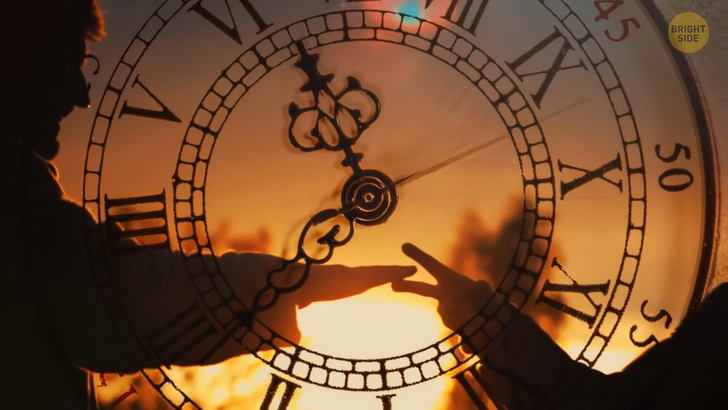
Scientists who research the game concluded there are patterns that players follow, both on purpose and subconsciously. There is something known as the conditional response in game theory. Winners are positive the successful option will work for them again and stick to it, and losers change their strategy hoping for a better outcome. Game theory researchers from China’s Hangzhou invited 360 students for a mass experiment. Their task was to play 300 rounds of rock, paper, scissors in pairs.
After several hours of non-stop playing, the mathematicians managed to outline certain patterns in their tactical decisions and name the most successful game tactics. The counter tactic is the first strategy they pointed out. Here’s how it works: You played scissors. Your opponent played rock and blunted your scissors. So, what are you gonna do? Think one step forward and play paper. Just because your opponent will most likely go rock again to repeat their success.
Mirroring is the second game tactic that can let you win easily. So, you went scissors and cut some paper. Your opponent will think that you’ll go scissors again. Instead, surprise them and mirror their previous throw. This strategy puts together math and psychology. Enough theory for today. Back in your living room you change your mind, and instead of going rock as you planned to, you throw paper again. Your sister goes rock, and your paper covers it. It’s an unexpected turn for her. She insists you two should keep playing. You offer her to spice things up a bit.
In Malaysia, for example, they throw bird instead of scissors. It’s made with the fingertips of five fingers together, looking like a beak. The open palm stands for water that replaces paper. Rock is the usual rock. Water beats stone because it sinks in water. Bird drinks the water and beats it. Stone hits the bird and beats it.

The Indonesian version has an elephant made of a slightly raised thumb, a human which is an outstretched index finger, and an ant, that’s an outstretched pinky finger. Elephant beats human, human takes over the ant, and the mighty elephant is afraid of the ant. You both enjoy the game so much you decide to involve more people in it.
You invite 10 friends to play the human rock, paper, scissors. You break into two groups and decide which pose is going to stand for each element. So you choose that everyone bends down and hugs their knees, rolling into a ball for rock. For scissors, everyone will stand with their legs shoulder-width apart and their arms up and hands behind the head. For paper, you’ll all stretch out on the floor.
All members of one group must strike the same pose for the first throw of the first round. Members of the second group strike their selected pose at the same time. It works pretty much the same way: rock blunts scissors, scissors cut paper, and paper beats rock. 5 rounds are a perfect number for a group this large. If the game gets boring, you can always make it themed. You can replace rock, paper, scissors with your favorite movie or book characters, schools, or sports teams. You’re all caught up in the game when suddenly you hear about a robot that has a 100% winning rate at rock, paper, scissors.
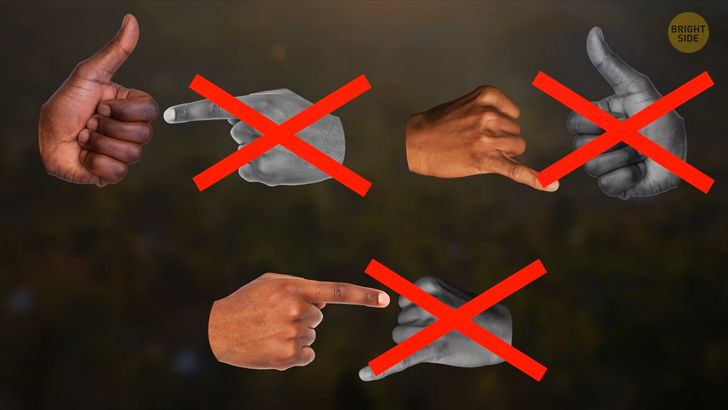
Janken was named after the Japanese version of the game. It uses high-speed recognition and reaction.
It only takes Janken a thousandth of a second to recognize what the human is going to throw and choose the best move against it. You decide the robot can cheat, but you’ll only win fair with your new success strategies.








